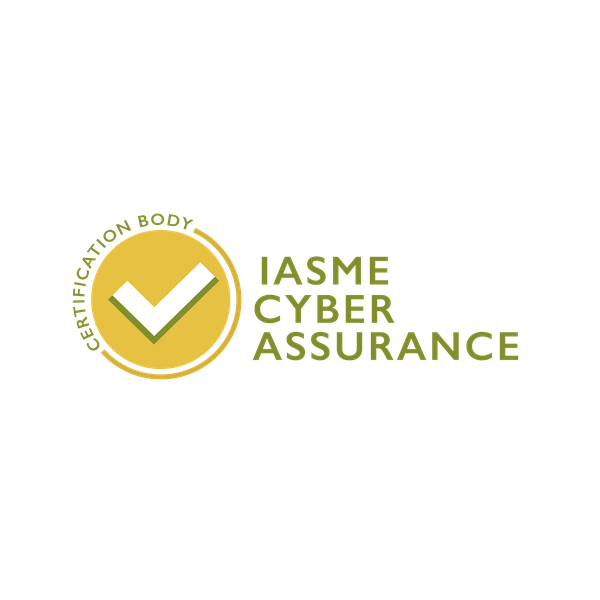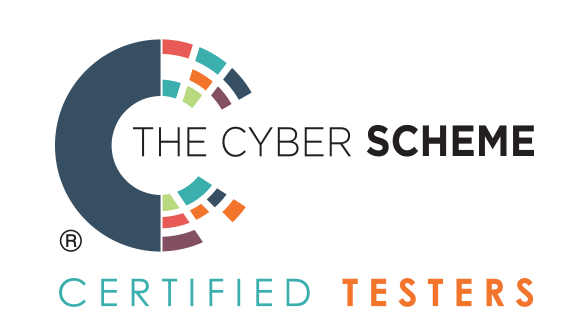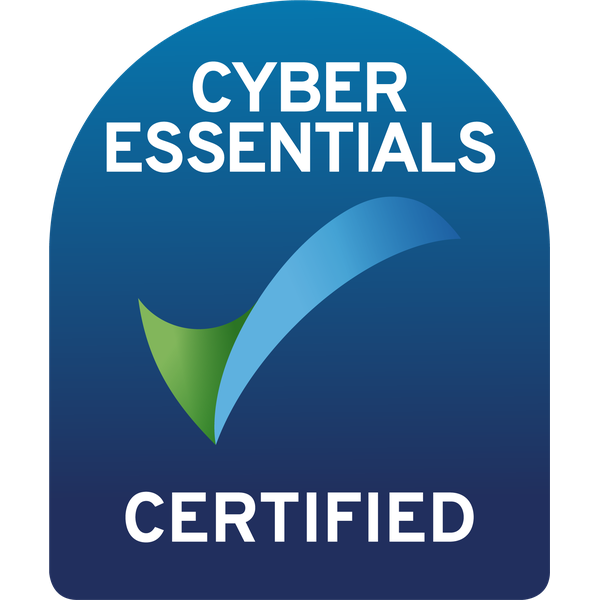What is Application Penetration Testing?
Application Penetration Testing is a crucial element in the assurance process for digital systems and assets. It ensures compliance with both internal and external standards while minimising vulnerability to cyber threats. This form of testing checks that users can only execute intended actions and that the application has robust measures to safeguard users, particularly in preventing attackers from exploiting a compromised account. The process involves detecting vulnerabilities that might be exploited by attackers, either authenticated or unauthenticated, to:
- Unauthorisedly access sensitive information.
- Perform harmful activities within the application.
- Compromise the security of other users.
- Increase their access privileges illicitly within the application.
- Jeopardise the underlying infrastructure of the application.
Appropriate for both internally and externally oriented applications, including web and mobile platforms, Application Penetration Testing aims to identify flaws that could threaten the confidentiality, integrity, or availability of systems and the data they handle.













